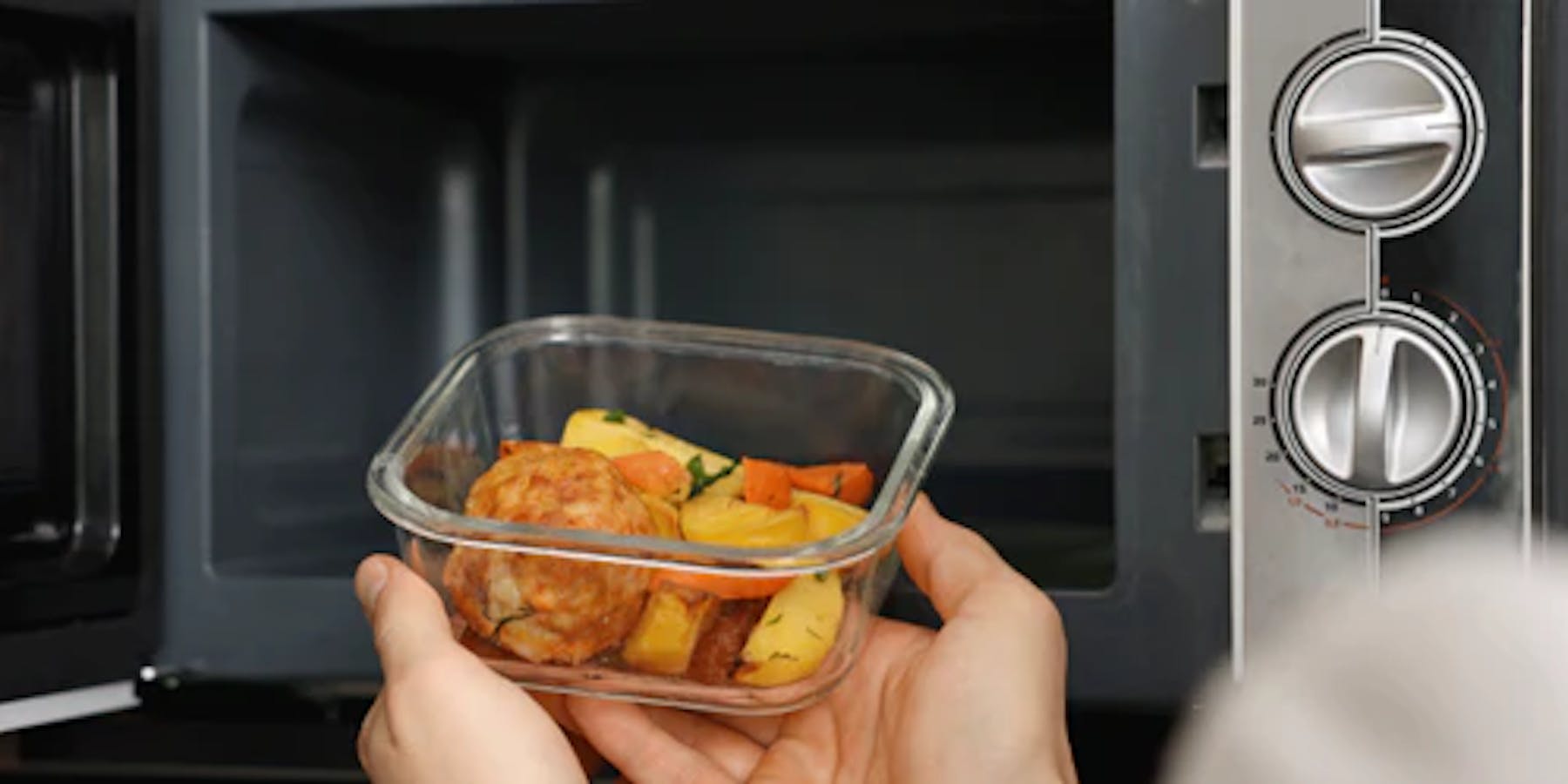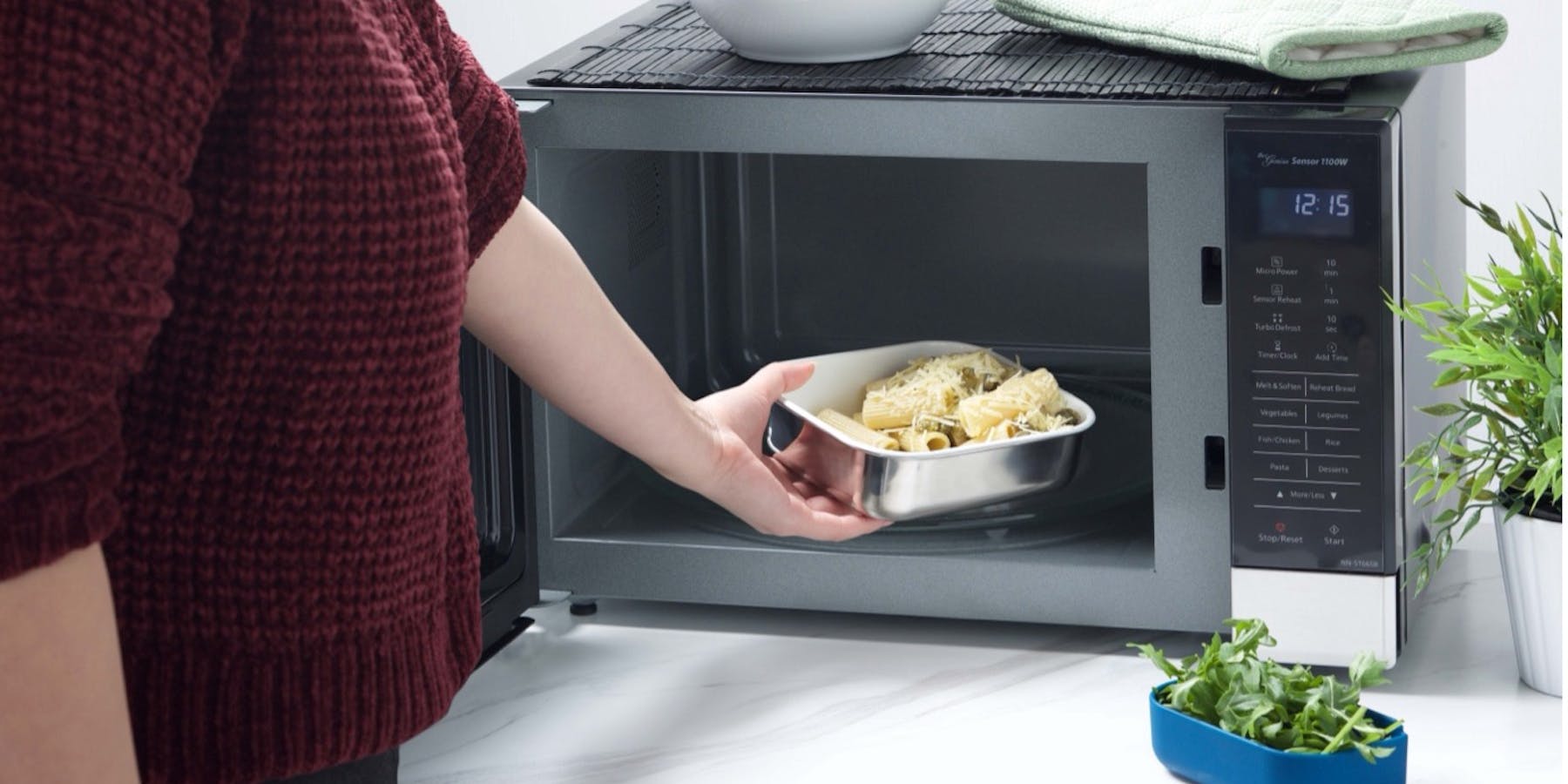
Free shipping on orders over $75!
Holiday Closure: Orders ship from 5 Jan. Customer support returns 5 Jan.

Free shipping on orders over $75!
Holiday Closure: Orders ship from 5 Jan. Customer support returns 5 Jan.

Free shipping on orders over $75!
Holiday Closure: Orders ship from 5 Jan. Customer support returns 5 Jan.

Free shipping on orders over $75!
Holiday Closure: Orders ship from 5 Jan. Customer support returns 5 Jan.

Free shipping on orders over $75!
Holiday Closure: Orders ship from 5 Jan. Customer support returns 5 Jan.

Free shipping on orders over $75!
Holiday Closure: Orders ship from 5 Jan. Customer support returns 5 Jan.

Free shipping on orders over $75!
Holiday Closure: Orders ship from 5 Jan. Customer support returns 5 Jan.

Free shipping on orders over $75!
Holiday Closure: Orders ship from 5 Jan. Customer support returns 5 Jan.

Free shipping on orders over $75!
Holiday Closure: Orders ship from 5 Jan. Customer support returns 5 Jan.

Free shipping on orders over $75!
Holiday Closure: Orders ship from 5 Jan. Customer support returns 5 Jan.
How to Choose the Perfect Microwave-Safe Container
Written by: Smash Products | Date: 8/14/25
Whether you’re heating up leftovers, prepping meals for the week, or defrosting something straight from the freezer, having the right microwave-safe container makes all the difference. But with so many materials on the market—glass, plastic, stainless steel—it’s not always clear which one is best.
This guide will walk you through the pros and cons of each so you can confidently choose the right container for your home, office, or lunch bag.
What Does "Microwave-Safe" Actually Mean?

Microwave-safe containers are designed to withstand the heat and energy produced by a microwave without melting, warping, or leaching harmful chemicals into your food. But not all containers are created equal—and not all are safe to use the same way.
Let’s explore your options.
Glass: Trusted and Transparent
Pros:
- Microwave-safe and heat-resistant
- Doesn’t absorb food smells or stain
- Easy to clean
Cons:
- Heavy and breakable
- Gets hot to the touch
Glass is a popular choice for microwave use because it's inert and safe, but it’s not always ideal for on-the-go or school use. Brands like Décor and Sistema offer glass storage ranges suited to home kitchens.
Plastic: Lightweight, But Not All Created Equal
Pros:
- Lightweight and inexpensive
- Convenient for short-term use
Cons:
- Can stain or absorb odours
- Not all plastics are microwave-safe
- Some may contain BPA or other chemicals of concern
If you’re choosing plastic, look for BPA-free, labelled microwave-safe options. Many Aussies grew up using plastic containers in the microwave—but more are now seeking longer-lasting alternatives.
Stainless Steel: Surprisingly Microwave-Safe?

Traditionally, metal was a no-go for microwaves—but that’s changing. New designs, like those used by Aussie brand Smash, have made it possible to safely use stainless steel in the microwave—thanks to specific materials (like austenitic steel), formed bases, and ceramic linings that help distribute heat evenly.
Pros:
- Durable and long-lasting
- Stays cooler to touch than glass
- Doesn’t stain or retain smells
- Ceramic-lined versions offer a pure, non-metallic taste
Cons:
- Higher initial cost compared to plastic or glass
- Still unfamiliar to many consumers
Smash’s microwave-safe stainless steel containers are a standout in this space, especially for those looking to cut down on plastic without the fragility of glass. Their containers are lined with ceramic and designed to be reheated safely in 1-minute bursts with the lid removed or loosely rested.

Which Should You Choose?
If you're aiming to reduce plastic in your kitchen, glass and stainless steel are the clear front-runners. Both are safe, long-lasting, and won't leach unwanted chemicals into your food. Glass is great for home use, especially when you're not worried about weight or fragility. Stainless steel—with newer microwave-safe designs—is ideal for everyday meals, school lunches, or work, offering durability without compromising on taste.
Plastic may be a budget-friendly option, but for frequent use at home, it’s worth considering alternatives that align better with long-term health and sustainability goals.
As microwave-safe innovations evolve, consumers have more choice than ever. The best container for you comes down to how (and where) you plan to use it—just be sure to check labels and choose quality materials that support your lifestyle.
